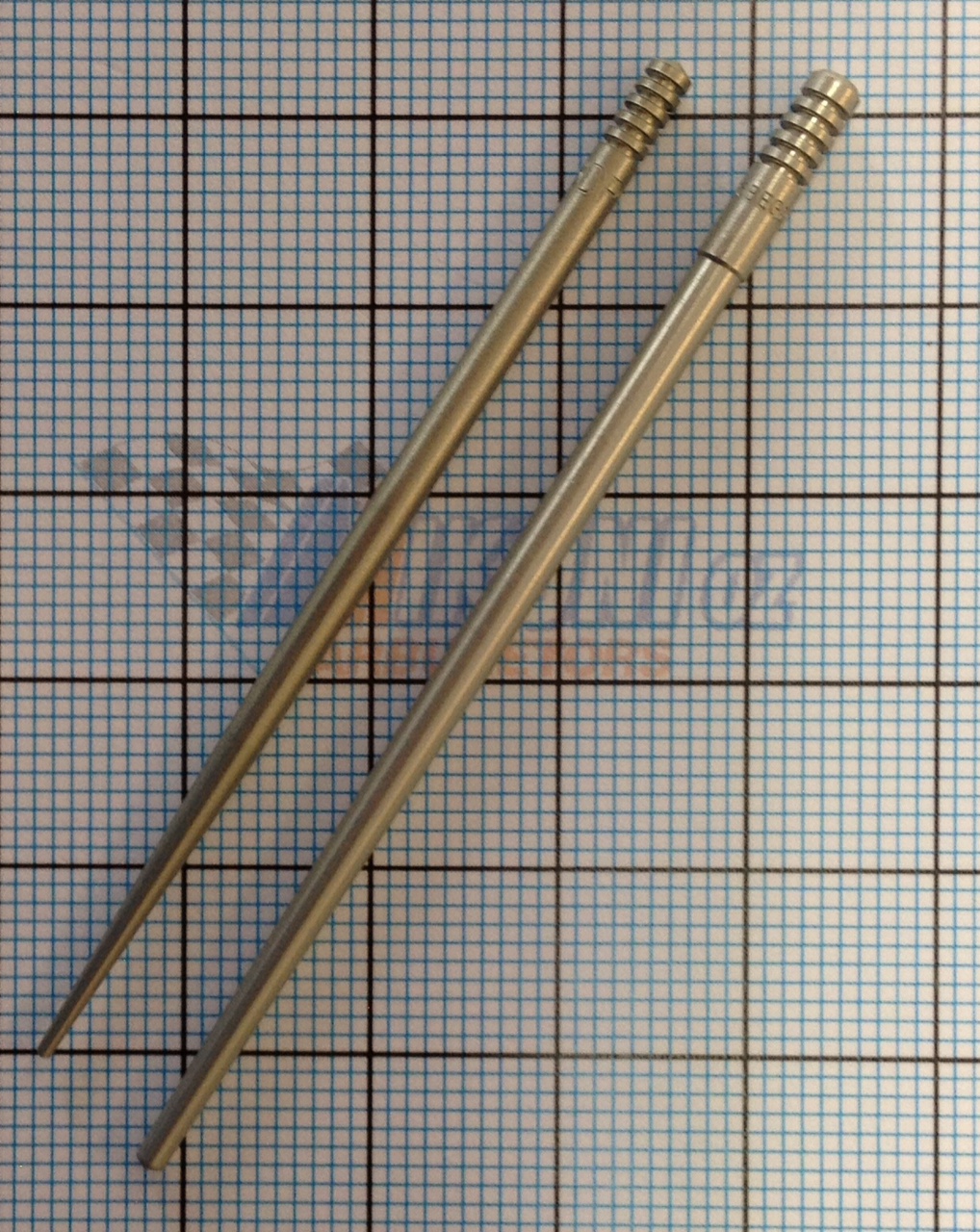- Joined
- Aug 26, 2019
- Messages
- 54
Hi Chris - Not sure how new you are with these things so my apologies if my response sounds silly but if things are a little bit off - the bike will do awful things. I've been shocked by what being off on carbs (what you would think is not much) just will make the bike feel like its about to explode. If i were you I might try the Number 19 pilot jet and see if that helps. That seems to cause a lot of 850 bikes to run lean. The pilot jet and the slide height are the only things that will effect at ilde so the rest is basically irrelevant. I doubt a brand new carb is dirty. I used a 3/16" drill bit to set my slides and they are running about at that height now ( i marked it on the carb body). How quickly are you taking down the idle? If it's at 1300 and running fine after you start it - I might take it out for 5 miles like that then come back and bring it down slowly in exactly the same increments on each side. Have you already done an exercise like that? Also what do you mean by drowning in air when you rev it? If you rev it and it goes up in rpm and sticks there and takes a long time to come down it’s too much air. If you rev it and it drops back down below where you started and either slowly comes back up or dies it’s rich.
Thank you for the detailed reply Eric
I am mechanically inclined but a newbie with carb tuning / syncing. I've not ridden as I make adjustments, I'll try that next.
You state you use a 3/16" inch drill bit to set your slide height, with 3.5 cutaways. Is this the cutaway height that sets the manifold-side slide height at the correct height... about 1/16"? I've been told 1/16" is the right slide height (manifold side) to create a consistent vacuum air speed at idle... yes?
I've set it with 3/16's bits (smooth end), with no luck starting it.
The easiest way to start my bike is to set the cutaway side height with a 1/4" dia. drill bit (smooth end) and setting my fuel screws at 1 & 1/4 turns out, then lowering the choke slides to full engaged. 3 to 5 kicks and it starts and idles (around 500 to 800 rpm). After a couple minutes I begin to raise the choke, very slowly - which is where the trouble begins - quite often it begins to stumble badly as I raise the choke (making me believe too much air is getting in the upsetting the idle vacuum?) Right now - my carbs falter without the choke engaged, or only very slightly raised.
By "drowning" I meant... while at a lower idle (approx. 1000), if I give the throttle a (fairly) quick twist, it dies immediately, as if adding air overwhelmed it... drowned it.

